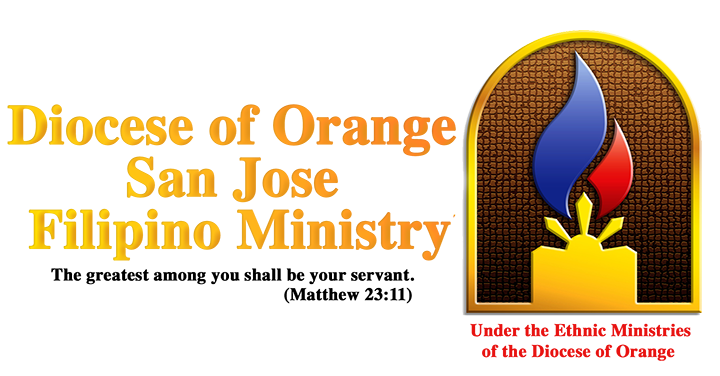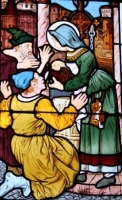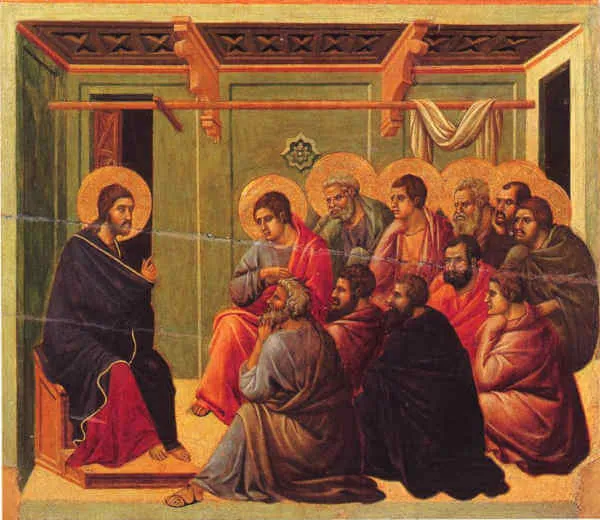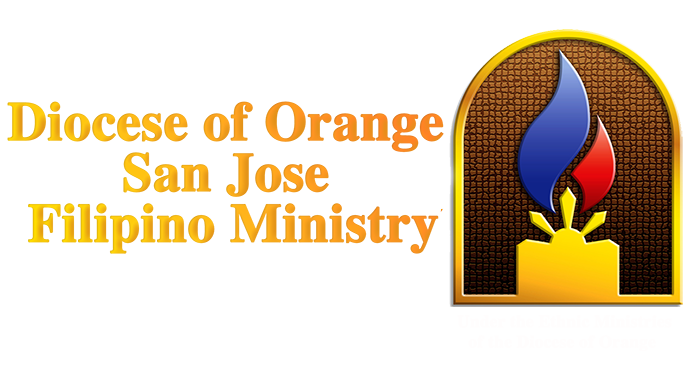Isaac Newton, the English physicist and mathematician, famously stated that “for every action, there is an equal and opposite reaction.” In the year 1517, an Augustinian priest named Martin Luther issued his ninety-five theses in Wittenberg, Germany. It was this action that began what is known as the Protestant Reformation. That action brought about an equal and opposite reaction, commonly called the Catholic Counter-Reformation. Today’s saint was born into the period when this counterreaction was gaining momentum.
Mark Roy was born in the small town of Sigmaringen, modern-day Germany. His father was a wealthy businessman who later became the town’s mayor, and his mother was a Protestant who converted to Catholicism when she married Mark’s father. Mark had three older siblings and one younger. His loving parents saw to it that as a youth he was well educated in the one, holy, catholic, and apostolic faith, as well as in etiquette, self-discipline, and reverence for God.
After completing his elementary studies, Mark was sent to study philosophy and law at the University of Freiburg, modern-day Germany. He was an excellent student and later a teacher who won the admiration of many. In 1603, at the age of twenty-five, he was invited to accompany a few young men from noble families on what would become a six-year journey through Europe, visiting many of the principal cities of France, Italy, and parts of Spain. Throughout this journey, Mark acted as a mentor-teacher to the young men, forming them in virtue and the Catholic faith. He remained very devout, visited churches regularly, attended Mass daily when possible, and was always attentive to the poor and sick.
After completing his journey, Mark returned to the University of Freiburg where he completed a doctorate in law and then began working as a lawyer in France. As a lawyer, Mark especially advocated for the poor. He chose to conduct his work with complete honesty rather than for selfish gain. After only a short time in the legal profession, Mark became disenchanted by the corruption common in his colleagues, many of whom were intent on making dishonest profit from lawsuits rather than act with honesty and integrity.
Disillusioned by the legal system, Mark decided to follow in the footsteps of his brother who had become a Capuchin friar. In 1612, at the age of thirty-four, Mark was ordained a priest, entered the Capuchins, and took the name “Fidelis,” which means “faithful.” Finally realizing his true vocation as a Capuchin priest, he initially struggled with temptations of despair over what seemed to be thirty-four “lost years” of his life. The move to religious life was initially challenging because the freedoms he enjoyed as a layman were no more, but he persevered through this period with prayer and resolute determination. During this first year, he wrote a book for his own personal use that would be published more than a century later called Exercitia spiritualia seraphicae devotionis, a compilation of prayers and meditations. After four years of continued theological studies and formation, he was sent to the friary in modern-day Switzerland where he quickly became known for his preaching and strong defense of the Catholic faith against the ongoing battles with Protestantism, especially Zwinglianism and Calvinism.
The year 1618 marked the beginning of what came to be one of the longest and deadliest wars in all of Europe, the Thirty Years’ War. The war primarily resulted from the ongoing tensions of the Protestant Reformation and the Catholic Counter-Reformation. During this period, Father Fidelis continued his life of deep prayer and penance and preached with zeal, winning many back to the Catholic faith. He also shared the Gospel by writing pamphlets on the faith that were secretly delivered to those who had abandoned the Church for Protestantism.
In 1621, Fidelis was sent to modern-day Austria where he continued to preach with great success. He won many people back to the Catholic faith, including nobility and rulers. When an epidemic broke out, he helped care for the sick, especially soldiers, and his compassion, genuine care, and sanctity did not go unnoticed. Among those who noticed him were many of the Calvinists who were outraged at his success at winning others back to the Catholic Church.
In 1622, the newly established Sacred Congregation for the Propagation of the Faith commissioned Father Fidelis as a missionary to what is today Eastern Switzerland. He was accompanied on this mission by eight of his fellow Capuchins. There, by the authority of his mandate from Rome, he published what was called “The Ten Articles of Religion.” This mandate enabled the civil rulers to halt Protestant worship and enforce Catholic worship. Many of those who had abandoned the Catholic faith were furious at this, but Father Fidelis pressed on with vigor, seeking only the salvation of souls. The hostility he faced, however, led him to joyfully predict his pending martyrdom.
On April 24, Father Fidelis was preaching in a Swiss church when an angry mob arrived. A shot was fired but missed him, and he quickly departed from the Church. As he journeyed to the next village where he was staying, the mob, which included a Zwinglian minister, caught up with him and demanded that he renounce the Catholic faith and embrace the teachings of Zwingli. To them he responded, “I am sent to you to confute, not to embrace your heresy. The Catholic religion is the faith of all ages, I fear not death.” With that, Father Fidelis was struck to the ground with a sword to his head. He then knelt and prayed, “Pardon my enemies, O Lord: blinded by passion they know not what they do. Lord Jesus, have mercy on me. Mary, Mother of God, assist me.” After that, he received many more blows, was stabbed repeatedly, and one of his legs was dismembered from his body in retaliation against him for the many missionary journeys he had made throughout their land. Father Fidelis was only forty-five, ten of those years being a religious.
The martyrdom of Father Fidelis had a profound effect upon many. The Zwinglian minister who participated in his martyrdom later repented and returned to the Catholic faith. The local authorities soon crushed the rebellion, and peace was restored. Six months later, Father Fidelis’ body was discovered to be incorrupt, so it was transferred to the Cathedral of Coire and buried under the main altar. Over the next century, as many as 305 miracles were attributed to his intercession by those who prayed at his tomb.
As you seek his intercession today, pray that you, too, will desire only the glory of God and the salvation of souls. The world is filled with false teachings, confusion about the faith, and ignorance of God. With Saint Fidelis, renew your own resolute determination to become an instrument of the one, holy, catholic, and apostolic faith of Christ.
Source: https://mycatholic.life/saints/saints-of-the-liturgical-year/april-24-saint-fidelis-of-sigmaringen-priest-and-martyr/













